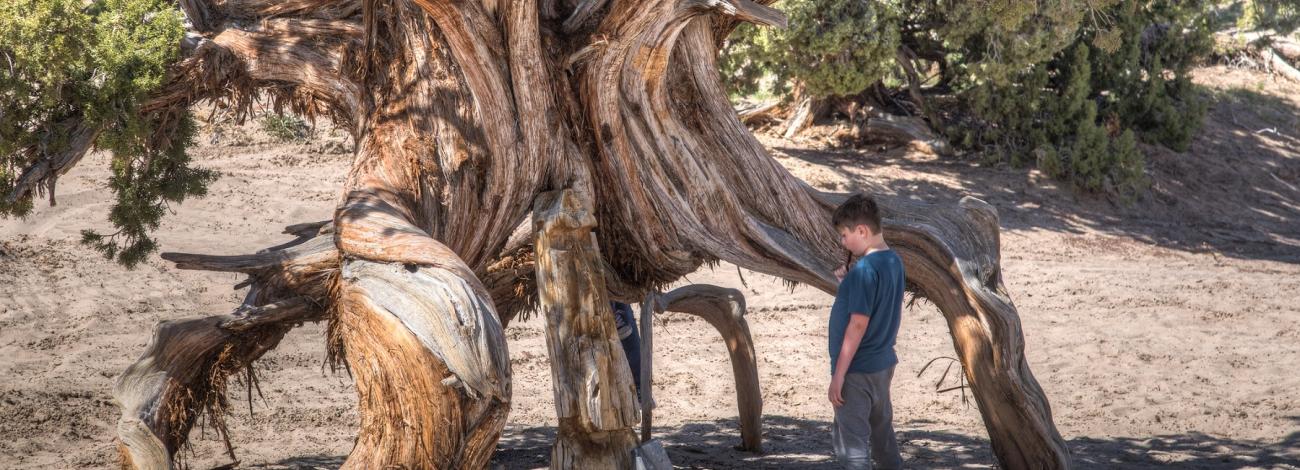
Learn and Explore
Little Sahara Recreation Area is more than just a world-class destination for off-highway vehicles—it's a dynamic desert ecosystem shaped by ancient forces and home to a surprising variety of plants and animals. From towering dunes born of a prehistoric lake to rare species that thrive in the sandy environment, Little Sahara offers a glimpse into Utah’s geologic past and its resilient desert life.
Geology and the Legacy of Lake Bonneville
The sweeping dune fields of Little Sahara are the product of wind and water working over millennia. Around 15,000 years ago, the Sevier River deposited sediments into ancient Lake Bonneville, a massive prehistoric lake that once covered much of western Utah. As the lake receded, it left behind vast deposits of sand. Strong southwesterly winds swept across the Sevier Desert, picking up the exposed sand and depositing it around Sand Mountain. The mountain’s presence caused wind patterns to shift and slow, allowing sand—composed mostly of quartz particles—to settle and form the 124-square-mile dune system we see today. Little Sahara is now one of the largest free-moving dune fields in the state.
Plants and Animals of the Desert
Despite its arid and shifting landscape, Little Sahara is alive with unique plant and animal life. The Rockwell Wilderness Study Area, a 9,000-acre vehicle-free zone on the northwest side of Little Sahara, offers a quiet refuge for wildlife. Here, you might spot mule deer, pronghorn antelope, and a variety of reptiles including the desert whipsnake. Birdwatchers can find up to 15 species in the area’s stands of juniper, sagebrush, and native grasses typical of the Great Basin.
Two particularly rare plants call Little Sahara home. The Giant Four-wing Saltbush (Atriplex canescens var. gigantea) is found nowhere else in the world. It thrives in the harsh, shifting sands thanks to its large size, rapid root growth, and the unusual ability of its stems to develop roots. Another endemic plant, the Neese Narrowleaf Penstemon (Penstemon angustifolia var. dulcis), produces striking blooms in May and June, adapted specifically to the aeolian (wind-blown) sands of the area.
The dunes also shelter smaller desert dwellers, including the kit fox, a nocturnal hunter of rabbits, mice, birds, and insects, and the antelope ground squirrel, which stays active even during the heat of day.
